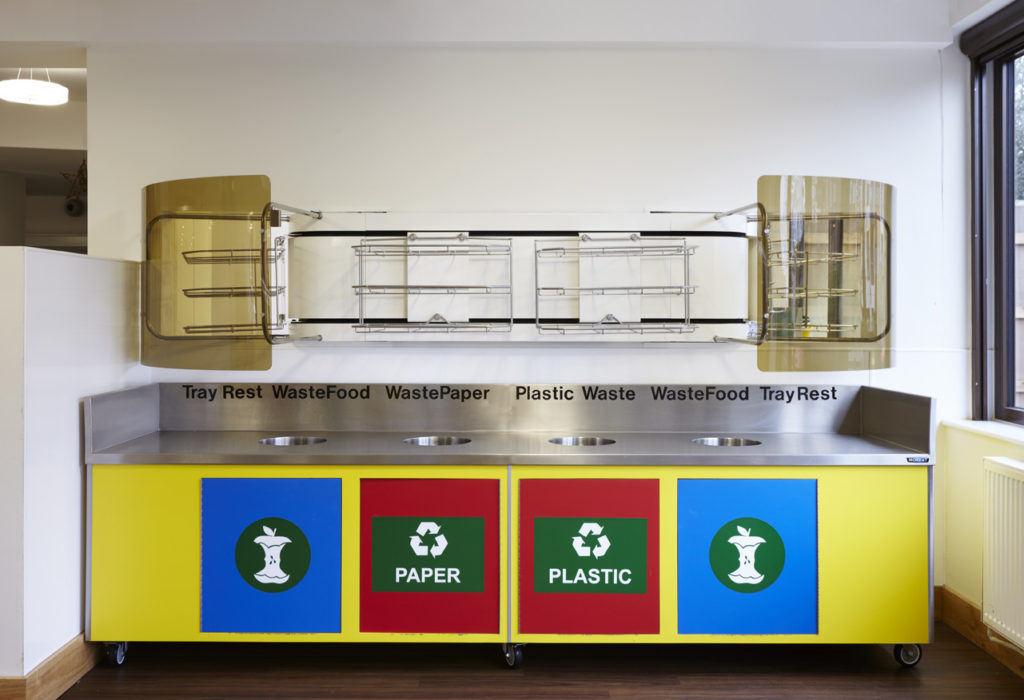Sustainability. Energy efficient. Environmentally friendly.
Not just the latest buzzwords but a way of life that can be introduced from the ground up, from the youngest, newest student to the most experienced member of staff in your school. At Envoplan we are proud that sustainability comes as standard in our designs and service. Read on to find out how a national sustainable and targeted plan raised over £200 million and what you can do to build a whole school approach.

How to Build a Whole Country Approach
In 2015 the UK government, in an effort to reduce the number of single plastic bags in use, stated that customers must buy them rather than using them for free as had previously been the case. Many customers were not keen on this idea at first, as the ease of popping into a shop and being given as many bags as they need (often for single usage) was hard to consider not continuing. However, despite these concerns, there has been an astonishing 97% fewer single use carrier bags. Over £200 million has been raised for good causes in the UK; in 2021/22 over £10 million was donated to good causes in education and other leading sectors.

How to Support A Whole School Approach
At the time of the bag charge being introduced, many people were very sceptical. They thought it would cause them to be inconvenienced and could not see how they would change. This may be the same in your school. Our top tips: Firstly, be clear about what changes you are making. Communicate this to students and parents – you need them on your side too. Secondly, make everything very visible with posters and signage around school. Try and reduce the number of water bottles by either requesting students use reusable ones or provide recycling bins in easy to access places.
Thirdly, by planting trees – put a plaque on the school site to commemorate the reasons for the planting and the benefits to the environment. Or go one further and create a vegetable patch, a wild planting area, a woodland zone. The key is to get students interested, excited and involved. Finally, in the café, introduce meat free days and highlight the carbon footprint of food. Can it be sourced more locally? Our accreditations here at Envoplan guarantee that our service is 100% in line with the latest industry and government benchmarks.

Sustainability Inside The Classroom
You are probably practising the core elements of reduce-reuse-recycle now. But did you know that by moving some study and reading material online, you minimise paper? Create reusable bins where clean waste can be used by others, for instance in Art and Crafts lessons, Textiles or for Drama. Be creative! Discuss food and nutrition, show what can be planted in pots and what it can then be used for in Food Tech classes, write about them in English, see how many seeds propagate for Maths or Biology. Keep students healthy and guide them to make the right choices for their future.
Students today are far more aware of the need to look after their planet although often are unaware of what they can actually do to help. Including the importance of sustainability will give them practical ways to make long lasting changes to benefit them – and future generations – for many years to come.




